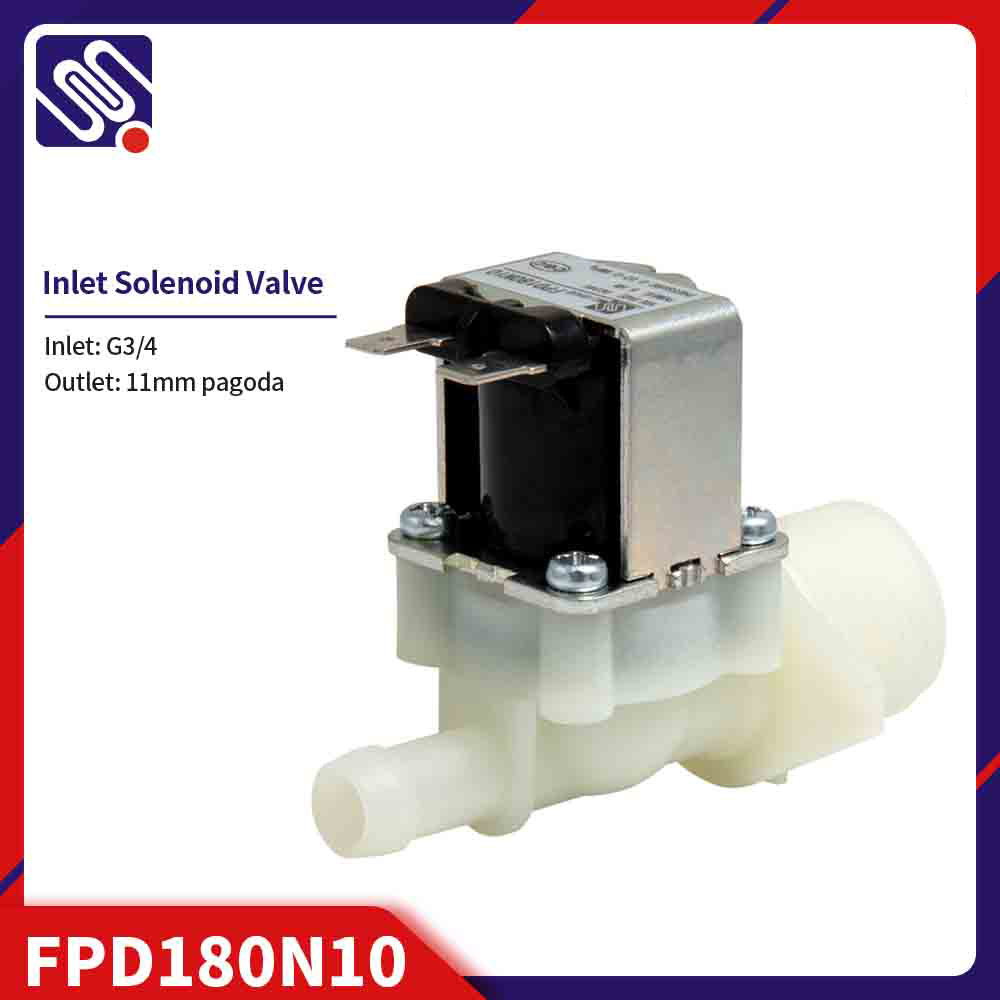

A solenoid valve for liquid control is an essential component in various fluid handling systems, playing a pivotal role in regulating the flow of liquids in many industrial and commercial applications. These valves are designed to open, close, or modulate the flow of liquid in response to electrical signals, making them ideal for applications where precision and automation are required. In this article, we will explore the working principle of solenoid valves, their types, applications, and benefits, as well as the factors to consider when selecting one for your system.

A solenoid valve for liquid control is an electromechanical device used to control the flow of liquids by opening or closing a valve when an electrical current is applied. The core of the solenoid valve consists of a solenoid, which is a coil of wire that generates a magnetic field when electrified. This magnetic field actuates a plunger or diaphragm within the valve, causing it to either open or close the fluid path. The valve remains in its current position (open or closed) until an electrical current is applied again, changing its state.
The solenoid valve is a critical element in fluid automation, offering precise control over the flow rate, pressure, and direction of liquid. They are often used in systems requiring remote operation, such as irrigation systems, water treatment plants, chemical processing industries, and automated manufacturing processes.